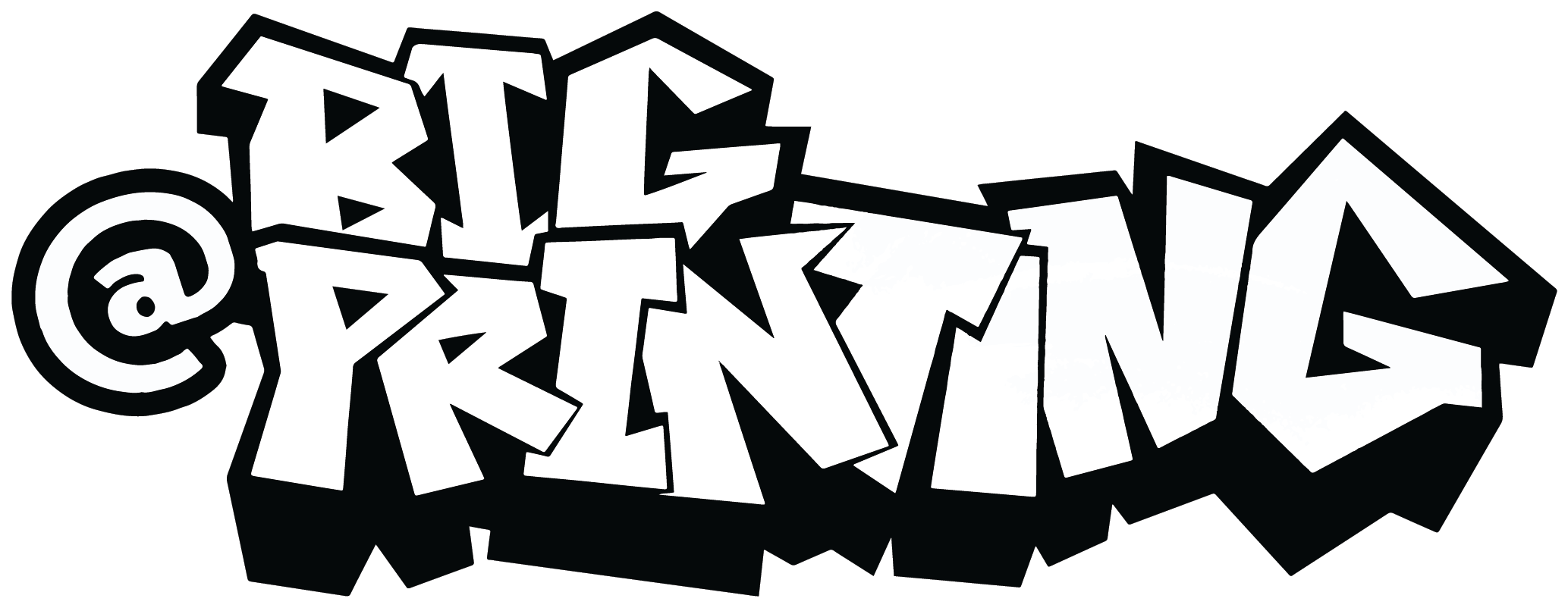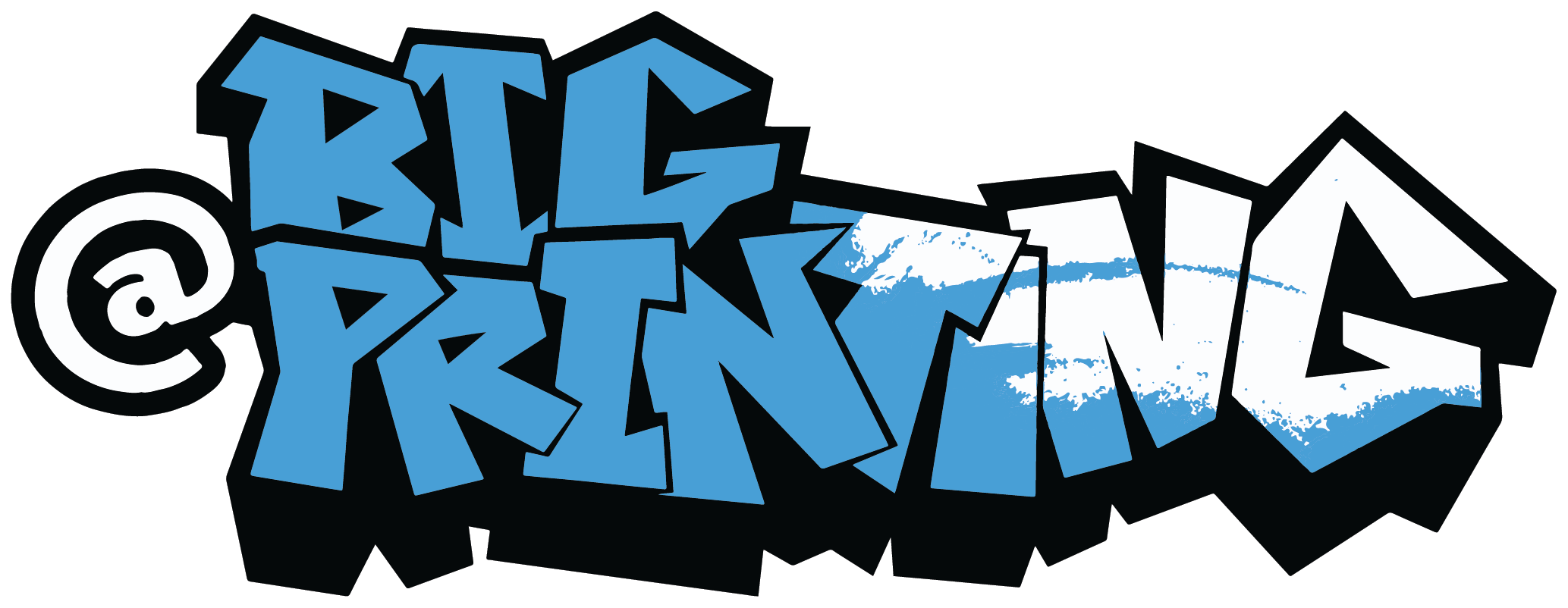
PUMA powers faster, more transparent product lifecycle management with automation
PUMA has transformed its product lifecycle management (PLM) system by integrating Smartsheet to automate processes, reduce manual work, and enhance collaboration, bringing visibility and time savings.

“With clearer data mapping and precise tracking of performance metrics, we can make faster, data-driven decisions that improve our business outcomes.”
Team Head of Product Development and Sourcing Solutions at PUMA
PUMA is one of the world’s leading sports brands, designing, developing, selling and marketing footwear, apparel and accessories. For more than 75 years, PUMA has relentlessly pushed sport and culture forward by creating fast products for the world’s fastest athletes.

Complex supply chain management
Moving fast requires efficient supply chain management. At the heart of this effort is the team responsible for optimising key processes from product design to final delivery. “Our team provides end-to-end solutions that automate our underlying processes,” explains Alexandar Chorbadzhiyski, Team Head of Product Development and Sourcing Solutions at PUMA. This team owns PUMA’s product lifecycle management (PLM) system—a centralised software that manages every stage of product development and connects various teams.
Initially, PUMA employees would track product lifecycle data in separate plan sheets and then manually import the sheets into the PLM system. With thousands of new items produced every season, this approach was time-consuming and difficult to scale. It also created the risk of duplicate or incorrect entries. “Our team needed to find a more flexible solution to seamlessly integrate our plan sheets with the PLM system,” notes Chorbadzhiyski.

Just as simple, but better
Chorbadzhiyski started evaluating various products that would help. “Many of our colleagues were already used to navigating simple spreadsheets and using various functionalities like formulas. We wanted to find something with a familiar feel to it,” Chorbadzhiyski recalls.
“I soon realised that Smartsheet was perfect—it offered the flexibility of a simple sheet but also a more modern, user-friendly interface and better communication tools.”
PUMA integrated its PLM system with Smartsheet through connectors and Bridge. Product line managers and designers still manage each new product in a separate plan sheet, storing relevant information and tracking progress through various stages. The key difference is employees can now enter data using templates with pre-filled values, streamlining input and reducing errors. “Because all the sheets now reside in the same ecosystem, we can use application programming interfaces (APIs) to trigger certain actions like transferring data from one sheet to another,” explains Chorbadzhiyski. “Most importantly, these APIs ensure all data flows seamlessly into our PLM system.”

More efficiency and transparency
With a more streamlined process, PUMA has seen significant time savings. “We have automated complex workflows and eliminated repetitive tasks like manually entering and transferring data, allowing our teams to shift their focus from routine administration to higher value-add activities," shares Chorbadzhiyski.
The centralised, automated system has also improved the visibility of PUMA’s PLM processes. “This structure allows us to track every piece of information accurately within the Smartsheet ecosystem, in real-time,” adds Chorbadzhiyski.
“For instance, anyone with the right access can check whether a product in development passed a specific test and can move forward to the next step. With clearer data mapping and precise tracking of performance metrics, we can make faster, data-driven decisions that improve our business outcomes.”

Stronger communication, inside and out
More visibility has also improved collaboration. “By using Smartsheet as our central platform, we have fostered a more cohesive working environment,” shares Chorbadzhiyski. Teams across the value chain are now better aligned on key processes and shared objectives. This drives smoother execution and greater agility. “It’s brought everyone onto the same page—literally and figuratively—which makes us faster and more connected as a team,” wraps up Chorbadzhiyski.







